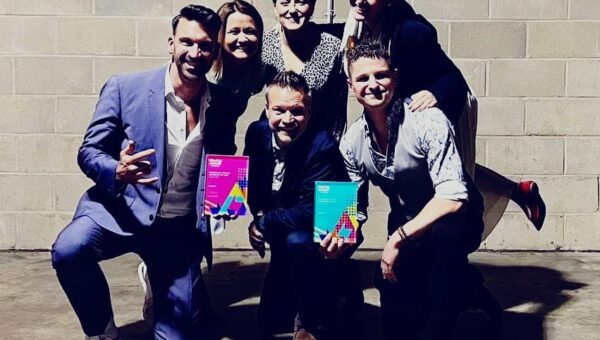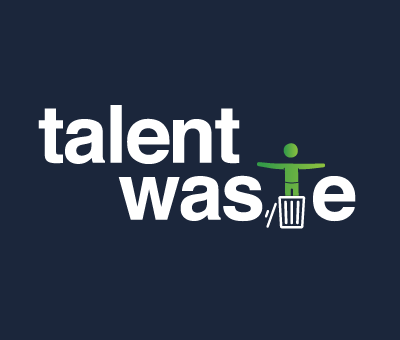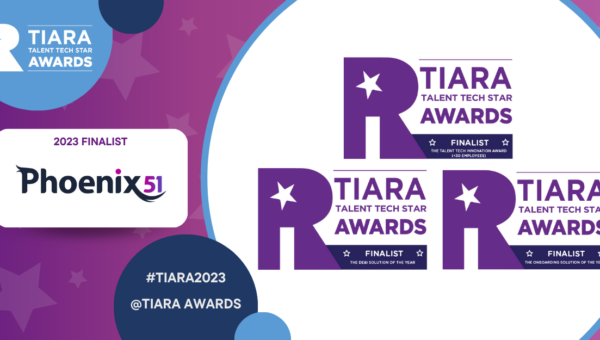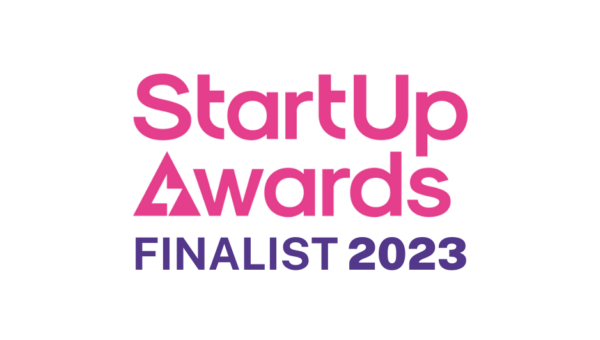It is fair to say the talent landscape has changed since the outbreak of the COVID19 Pandemic. With record levels of unemployment pre-Covid, the challenge for organisations was attracting the right talent to join their organisation. With a limited talent pool to draw from, the focus was on hiring for potential and developing long term learning and development strategies around those entering the organisation.
Fast forward 6 months, the number of job seekers on the market has skyrocketed, with quoted increase from 4 applicants per role to over 20. On the face of it, this is a positive for organisations looking to attract new talent with rich pickings in terms of volume of applications.
However, with large numbers of applicants comes increases administrative burden to find the ‘right’ hire as well as how an organisation seeks to ensure the applicant journey is a positive one from screening through to interview and feedback.
This article will focus on the importance of feedback and methods for providing information back to successful and unsuccessful applicants.
Why is this important?
There was a debate raging on LinkedIn over the last couple of weeks where an individual stated her frustration around her current experience of applying for a role in the current climate. She stated she had applied for 98 roles and only heard back from 2 employers. One was a standard rejection and the 2nd she was taken through to telephone interview stage. After undertaking the telephone interview, she was not progressed through to face to face interview and no feedback was provided to her as to why she has been unsuccessful.
Voicing her frustration on LinkedIn, a debate started around an applicant’s ‘right’ to feedback at every stage of the application process. The room was split with many voicing their concern as to the impact in the individual’s self-worth alongside the damage to the employer’s brand. On the other side of the fence, some stated that this is the reality the current job seeker faces and that not receiving feedback was part and parcel of talent landscape in a post Covid world. Essentially, ‘just suck it up’.
Having had experience from both perspectives and understanding the challenges organisations will face in screening large volumes of applicant’s vs the need to protect the brand of the organisations, it is an interesting debate that needs exploring.
Let us cover the ‘suck it up’ approach. There is substance in the argument that job seekers will need a large degree of resilience in the application process. With record number of applicants, how do they stand out. Recent techniques such as a video messages accompanying a CV can be a good way to stand out. Also, directly messaging the talent team or hiring community of an organisation via LinkedIn can also seek to help an applicant stand out. However, if the applicant is receiving no feedback as to why they were rejected or why they were unsuitable, then it can become a frustrating experience with no indicative learning as to how they improve their application.
The protection of an employer’s brand is high on the agenda of most organisations particularly with the world of social media, LinkedIn, and websites such as Glassdoor giving a window into organisations culture and processes. A poor experience from a prospective applicant can blow up on social media within minutes and the PR/Marketing team will have to kick into action to address the concerns of the individuals.
So, what is the solution?
Recruitment and Talent technology has taken great strides over the last 20 years to assist internal talent teams and organisations in administering the application process. Recent advancements in AI and machine learning have given business to ability to ‘screen out’ applications based upon a covering letter and a CV. However, there is still much discomfort around relying on AI to reject an applicant without any degree of human interaction.
Several organisations have started to replace the standard telephone screening process with the use of a self-administered solo video in which the applicant answers pre-set questions. This can drive efficiencies in the initial screening process and give the hiring community an insight into how the applicant performance in a virtual context. With the world of business and organisations working remotely, the ability to administer and articulate oneself coherently on video is now vital, so this initial snapshot can be an incredibly useful tool in the initial phase of the application process.
In addition, it takes a level of time and commitment from the applicant to record a measured video interview, meaning the organisations can filter out any ‘window shoppers’ who have just sent their CV out to multiple companies without any forethought as to what they want out of the role or what they can bring to the organisation.
Video interviews will provide a level of qualitative data from the responses that are delivered. However, without a quantitative scoring process, the ability to make a measured decision on the suitability of the applicants, and furthermore, feedback objectively to the applicants, becomes exceedingly difficult. Talent acquisition teams often have to deliver the feedback on a rejected applicant based upon a ‘one liner’ email from their internal hiring community. The limited level of feedback can prove less than helpful for the applicant who is trying to improve and learn as to what will make them more employable in the future.
On a more serious issue, if the feedback is inadequate and the applicant challenges why they have not been hired based around poor process, unconscious bias, or based around gender, ethnicity, or age, then an organisation may be subject to legal challenges with limited ability to support why the hiring or rejection decision was made.
Competency Frameworks and Targeted Feedback
Competency frameworks have been used across organisations since the 1980’s as a measure of future and current performance within a job role. They act as a framework for excellence horizontally (job area) and vertically (job role) within an organisation. When executed effectively, they serve to ensure the employees of an organisation have the correct skills, values, and behaviours to succeed. When applied to recruitment, they act an assessment framework designed to showcase the skills and behaviours you want to see in potential applicants.
The drawback or criticism around competency frameworks have been in their administration. Often, a competency-based interview form will be piece of paper that needs to be completed by the hiring manager within an interview. The notes and scores are then typed up after the interview and then fed back to the talent team. In reality, the perceived extra administration of using a CBI form can affect internal stakeholder engagement around why frameworks are being used and often notes and scores are incomplete or inaccurate.
At Phoenix51, we have digitised the competency framework and interview process. This means the talent and hiring community can add the qualitative date (notes) and quantitative data (scores) all in one simple platform. The administrative burden is reduced for all parties and importantly the key data is captured. This allows two critical events to happen post interview:
1) An objective decision can be made on the most suitable applicant for the role based up the competency framework.
2) An automated and targeted feedback form is created for unsuccessful applicants. This feedback forms gives detailed information to the applicants around how they scored against each of the competencies necessary for the role. They can take that information and use it as a guide to focus on development areas, so that in the future, they may be more competent in answering questions or matching the job requirements.
By providing this feedback, you are saving time, enhancing the brand by giving a good applicant experience at every stage of the process, and protecting the organisation from any legal challenges around reason for rejection.
In summary my thoughts are as follows:
1) Despite the increased number of applicants in the current talent market, providing detailed feedback to each applicant is not only desirable, but essential
2) By doing so, it enhances and protects the organisations brand and reputation
3) Utilising competency frameworks to assess against applications skills, behaviours and values allows objectivity in the application process
4) Use of HR and video and assessment technology can drive efficiencies in the screening and feedback process





